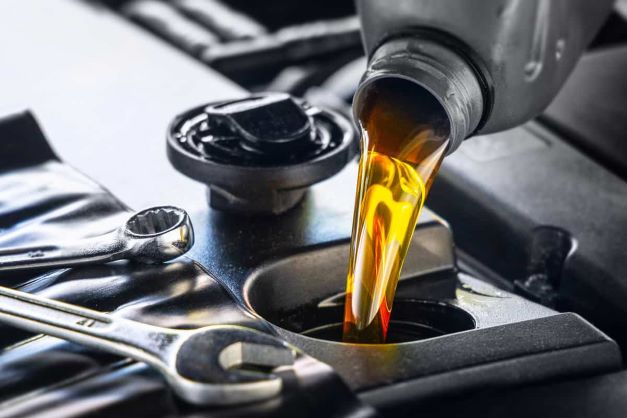As a dynamic liquid, fuel can get spoiled when it is not utilized for a long time. Experts claim that fuel will start getting worse after a month or so. The exception is when the fuel is stored in an airtight vessel or container. A vehicle’s fuel system is not designed to be airtight. As such, vehicle owners must ensure that the fuel preserved is utilized, or else it will start getting bad. This is where the fuel stabilizer comes in. Every vehicle is equipped with one to eliminate the chances of oxidation in fuel. Additionally, the fuel stabilizer has a reputation for extending the durability of fuel.
What is a Fuel Stabilizer?
It is an effective solution that prevents the fuel stored in the gas tank from getting spoiled even after days of not using it. The fuel stabilizer is made from petroleum materials. Thus, it can interact optimally with gasoline and thereby prevent evaporation. Furthermore, it also eliminates the chances of the fuel in the gas tank forming sticky or gluey resins, which can spoil a carburetor completely. When analyzed from a chemical perspective, the fuel stabilizer combines lubricants and antioxidants designed to repel water and prevent evaporation.
When to Utilize Fuel Stabilization
The fuel stabilizer is not necessary when a car is used every day. This is because when a car is driven, gasoline burns up before it evaporates or starts degrading. The fuel stabilizer is an excellent idea for those who own boats, classic vehicles, etc. Furthermore, it is considered an excellent idea for every vehicle that runs on older engines. Depending on the brand of fuel stabilizers, the lifespan varies. The majority of fuel stabilizers can preserve gasoline for a year or sometimes even more. When the dosage is increased, the fuel will get more extended protection.
The Method of Using Fuel Stabilizer
Using the fuel stabilizer is not as easy as supplying fuel to the gas tank. There are three main processes for optimal protection.
Pouring Measured Stabilizer
The first step involves reading the product instructions carefully for the brand of fuel stabilizer you bought. It is necessary to ensure that the gas tank of the vehicle is almost empty. The next step involves measuring the right amount of stabilizer that streams into the vehicle’s gas tank.
Filling Gas Tank with Fuel
The second process involves filling the gas tank of the vehicle with gasoline. The inclusion of the fuel stabilizer assures that the gas tank is not exposed to air or water. Experts claim that one should consider filling up with ethanol-free gas for optimal results.
Running the Engine
The final step involves running the engine to enable the fuel stabilizer to reach the whole fuel system of the vehicle. In most cases, a minimum of five minutes of active engine running is required to activate the fuel stabilizer in the entire fuel system.
Conclusion
No matter what kind of vehicle one owns, a fuel stabilizer is an excellent solution for preserving the fuel in gas tanks. The stabilizers play a vital role in the smooth and efficient running of vehicles. The top-notch performance of corrosion inhibitors and antioxidants eliminates oxidation and rust formation and extends the lifespan of the vehicle as a whole.


